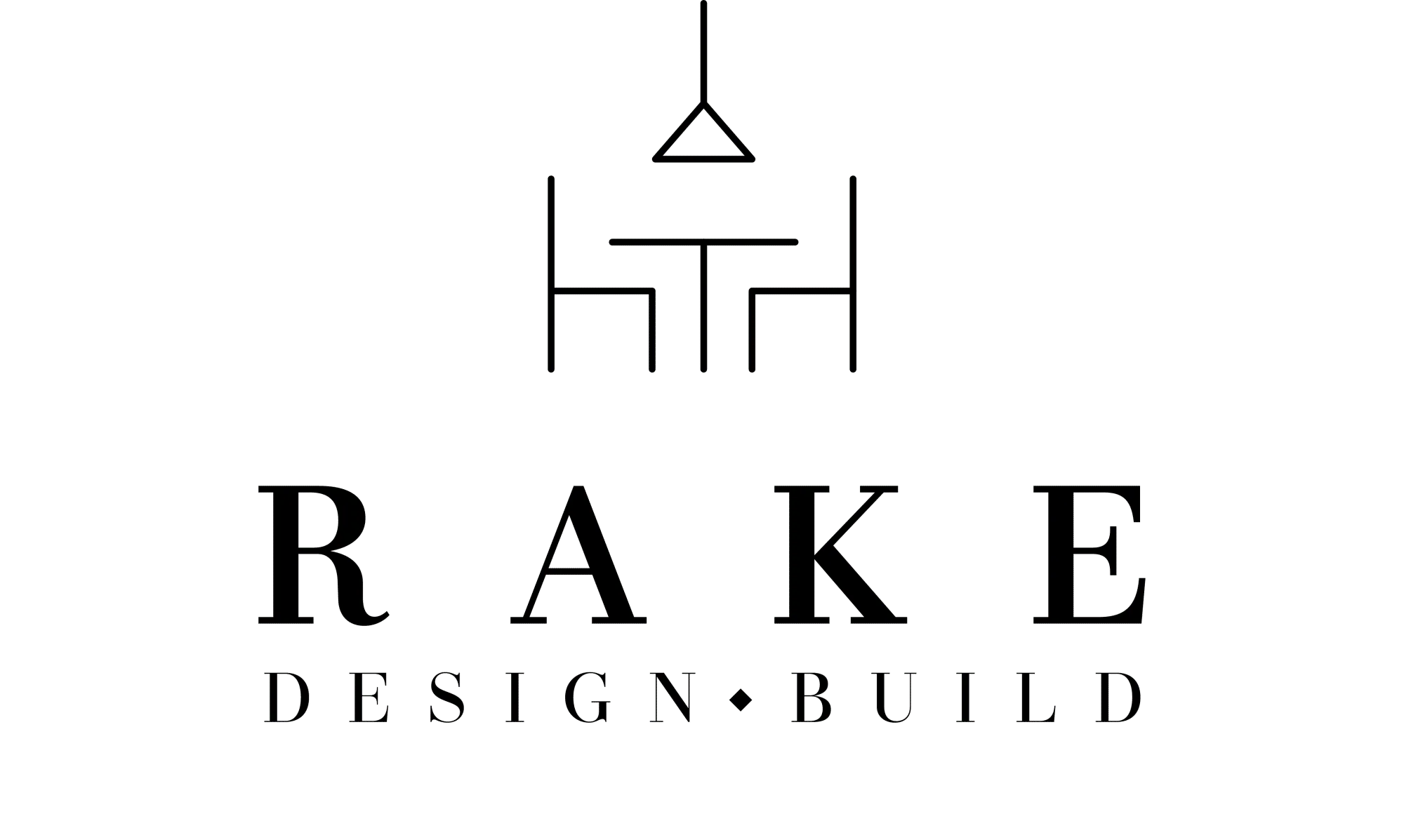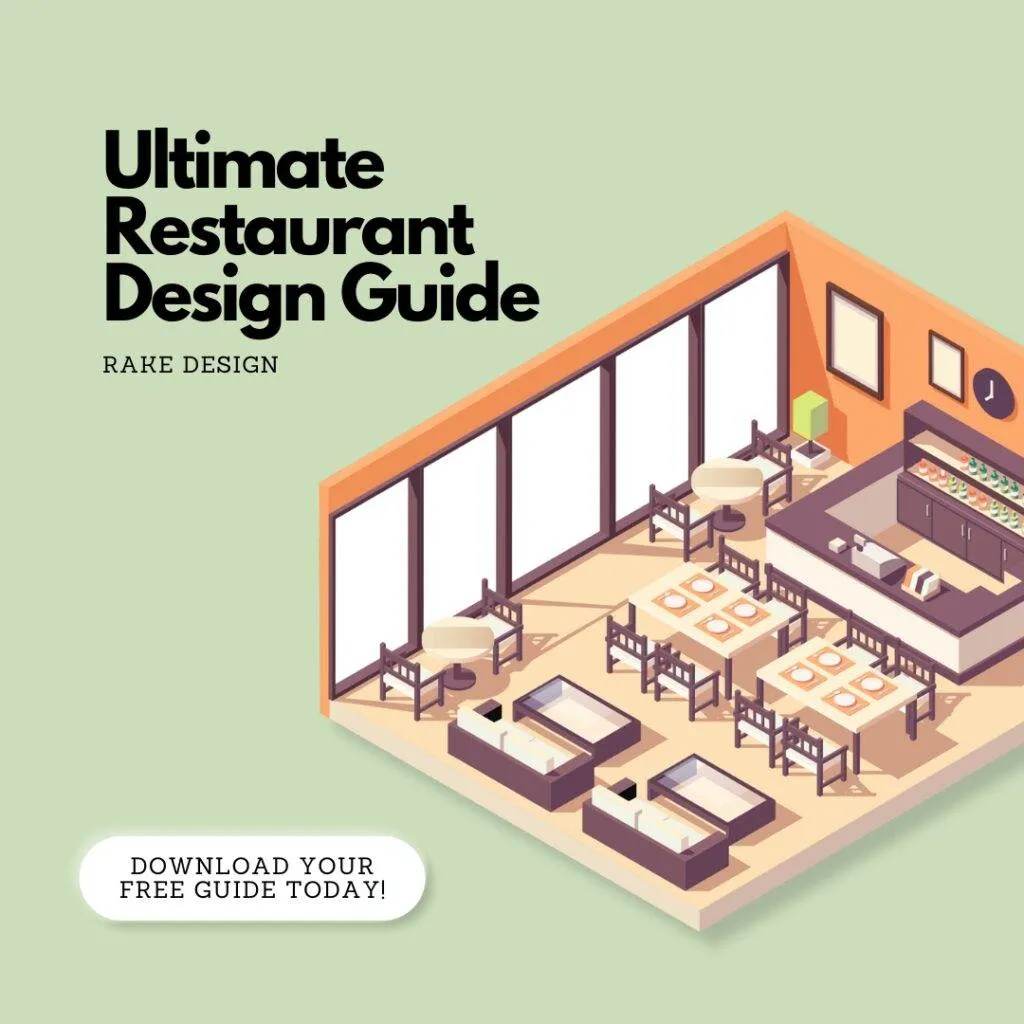Modern bar design has evolved beyond just aesthetics to incorporate functionality, ambiance, and guest experience. As bars continue to serve as popular social hubs, their design must be dynamic, blending innovation with comfort to cater to diverse patrons. Some of the most prominent trends in modern bar design reflect a growing focus on sustainability, versatility, and atmosphere.
One of the key trends in modern bar design is the use of minimalist aesthetics. Clean lines, uncluttered spaces, and sleek materials such as metal, glass, and concrete give bars a sophisticated, contemporary feel. This simplicity creates an open and airy atmosphere, allowing guests to feel relaxed without being overwhelmed by decor. The minimalist approach also helps highlight specific design elements, such as a unique bar counter or a statement light fixture, without distractions.
Another significant trend is the incorporation of natural elements, as many modern bars seek to blend urban sophistication with nature. This trend manifests through the use of natural materials like wood, stone, and greenery. Reclaimed wood and live-edge countertops, vertical gardens, and indoor plants bring warmth and an organic feel to the space, making it more inviting and visually appealing. These natural elements can soften the industrial and minimalist designs that are often favored in modern spaces, creating a balanced and harmonious atmosphere.
Lighting has taken center stage in modern bar design as a tool for creating ambiance. Bars are increasingly experimenting with customizable lighting systems that can shift the mood depending on the time of day or the type of event. Soft, warm lighting can evoke a cozy, intimate feel, while colored LED lights and neon accents add a playful, energetic vibe. Pendant lights over the bar or recessed lighting under countertops are common design choices that create focal points and enhance the overall atmosphere.
Sustainability is another critical trend shaping modern bar design. Eco-conscious consumers appreciate bars that prioritize green design, using recycled materials, energy-efficient appliances, and sustainable practices. Incorporating solar panels, low-energy lighting, and water-efficient systems are practical solutions that bars are adopting. Sustainable materials, such as bamboo and cork, not only contribute to environmental efforts but also bring a modern, earthy aesthetic to the space.
A growing trend in bar design is the concept of multi-functionality. Many modern bars are designed to be versatile spaces that can easily transform based on different uses or occasions. Flexible seating arrangements, modular furniture, and convertible spaces allow bars to cater to a range of events—from an intimate cocktail hour to a lively late-night gathering. This adaptability is key for maximizing space and providing a unique experience for each visit.
Finally, local culture and personalized touches are becoming more prominent in bar design, as establishments aim to offer something distinct. Whether it’s incorporating artwork from local artists, using locally sourced materials, or designing the space to reflect the neighborhood’s history, these elements help create a strong identity and connection to the community. Bars with a sense of place feel more authentic and provide patrons with a memorable experience that reflects the local culture.







